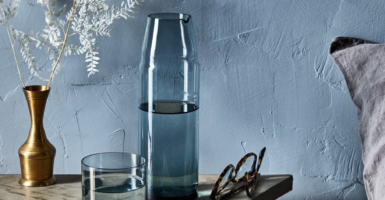How Vanilla Extract Is Made
Learn just how vanilla goes from a plant to a product you use in all your favorite baked goods.
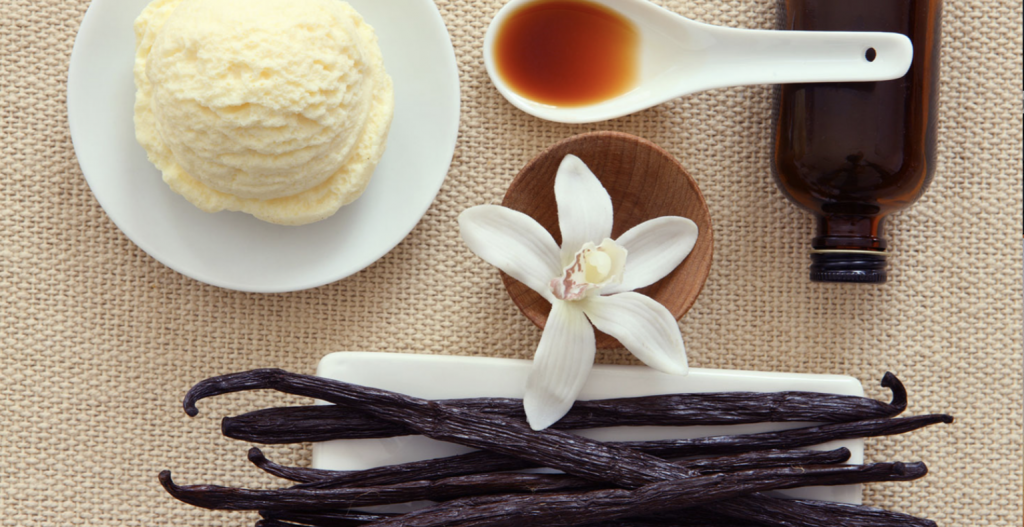
Vanilla, being that it is so universal, is synonymous with so many products. Vanilla is used as a flavor enhancer for coffee. Who can pass up the subtly sweet notes that vanilla flavoring brings to a steaming hot cup of Joe? In the warmer months, you’ll likely see many a child lapping up a delicious vanilla bean ice cream cone. Vanilla is so beloved in fact, that you’ll even find its name plastered across one the best gift cards to give that special someone in your life. Where vanilla may be most revered, however, is in the kitchen. A kitchen where there is no vanilla extract to be found is a sad kitchen to be in.
Vanilla extract is an absolutely non-negotiable ingredient to put in everything from cookies to muffins to cakes and virtually every baked good you can think of in between. However, despite how widely used and how readily available vanilla extract is, the process by which it is made is exceedingly time-consuming and complex. It’s impossible to really garner a full appreciation for something that delights people in every part of the world unless you are fully aware of the blood, sweat, and tears that go into producing the vanilla extract that we all know and love. Thus, we dove into the nitty-gritty and discovered every detail about how vanilla extract is made.
ORCHID ORIGINATIONS
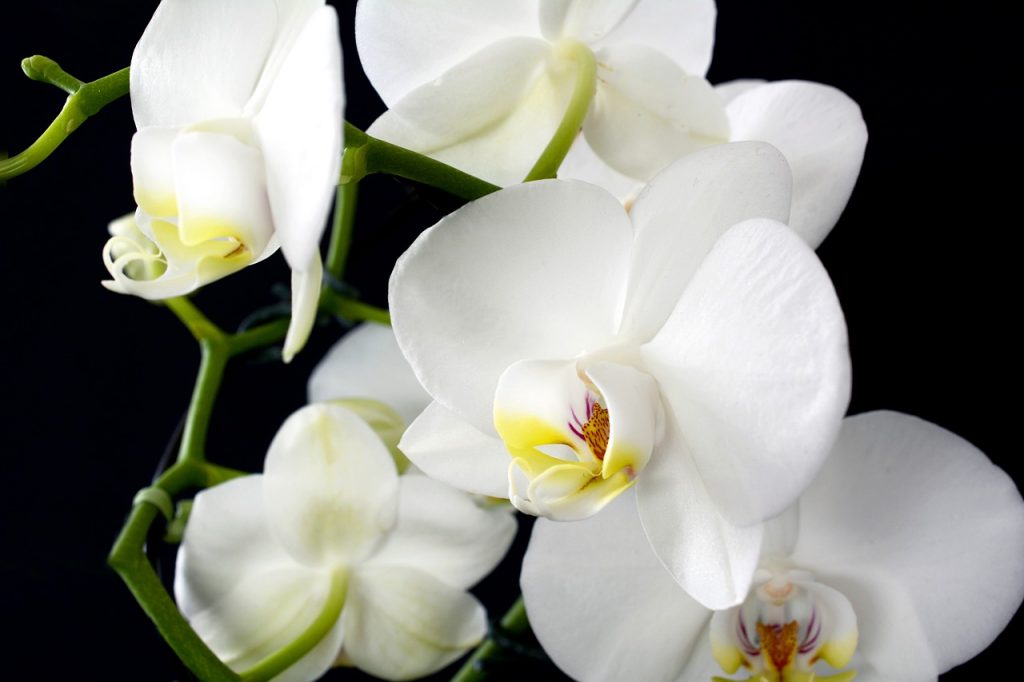
Vanilla extract is a derivative product of an orchid plant that thrives in tropical climates. This orchid is Vanillin, hence where the name vanilla comes from. Vanillin orchids are native to Mexico. However, many tropical locations are conducive to growing the delicate orchid.
Today, Vanillin orchids are grown throughout Central America as well as parts of Africa and regions situated along the southern Pacific Ocean. Where Vanillin is most widely grown at present, though, is on the island of Madagascar. In fact, approximately 80% of all the Vanilla produced and shipped out to the rest of the world originates from Madagascar. Even though Vanillin is not native to Madagascar, it became a prime cultivation location largely because its climate is ideally suited to ensuring the delicate plant can thrive. This in turn guarantees plentiful harvests with which to supply the world.
IT’S A PROCESS
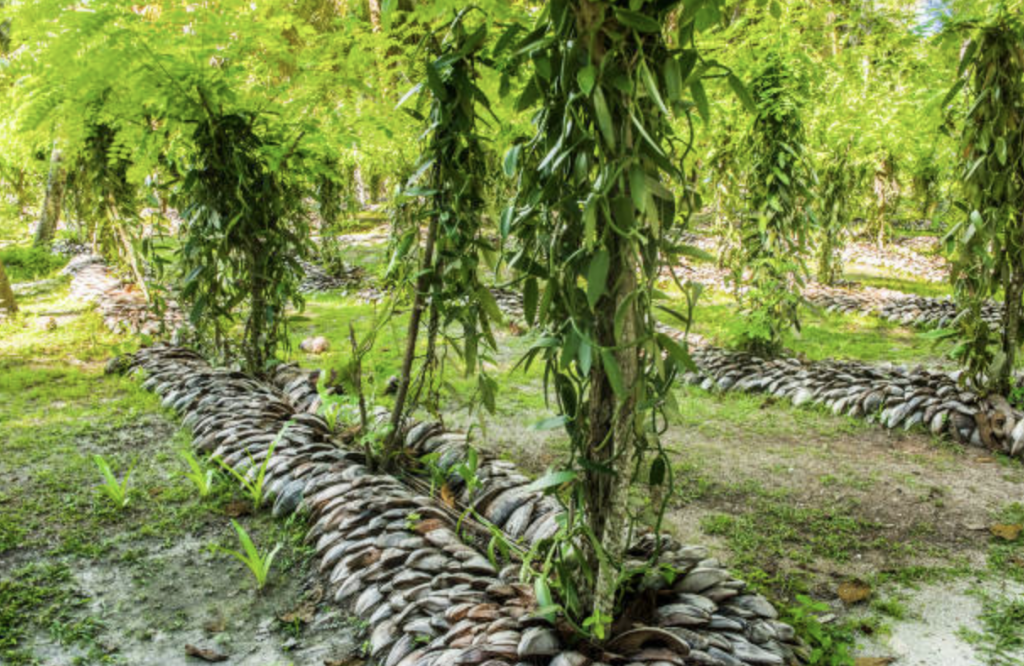
Cultivating vanilla and eventually turning it into vanilla extract is a long and arduous process. It’s not a matter of simply growing a plant and plucking its produce. It is far more involved than that. Vanilla extract, as its name would suggest is extracted from the vanilla pods produced by the Vanillin orchids. In order for the orchids to successfully grow, each one needs to be grown independent of the other. Hence vanilla farms take up a great many acres to be harvested in vast quantities. It can take as long as three years for the orchids to be mature enough to start producing vanilla pods.
To complicate matters further, for a pod to successfully form, the plants have to be hand-pollinated. In theory, Vanillin orchids should be able to pollinate themselves but there is a membrane that conceals the plant’s male parts. The membrane needs to be severed in order for successful pollination to occur. To ensure that this happens farmers must go flower by flower and pollinate the plants by hand.
Alas, there is one additional caveat to the vanillin pollination process. The orchid’s flowers are only viable for pollination on the very day that they fully bloom. This means that each and every plant has to be closely watched, otherwise the plants will not yield any pods. If all goes well and all conditions are successfully met, every plant will produce one vanilla pod. The pod, once it emerges, cannot be harvested until it reaches maturity around 9 months later.
THE FUN HAS JUST BEGUN
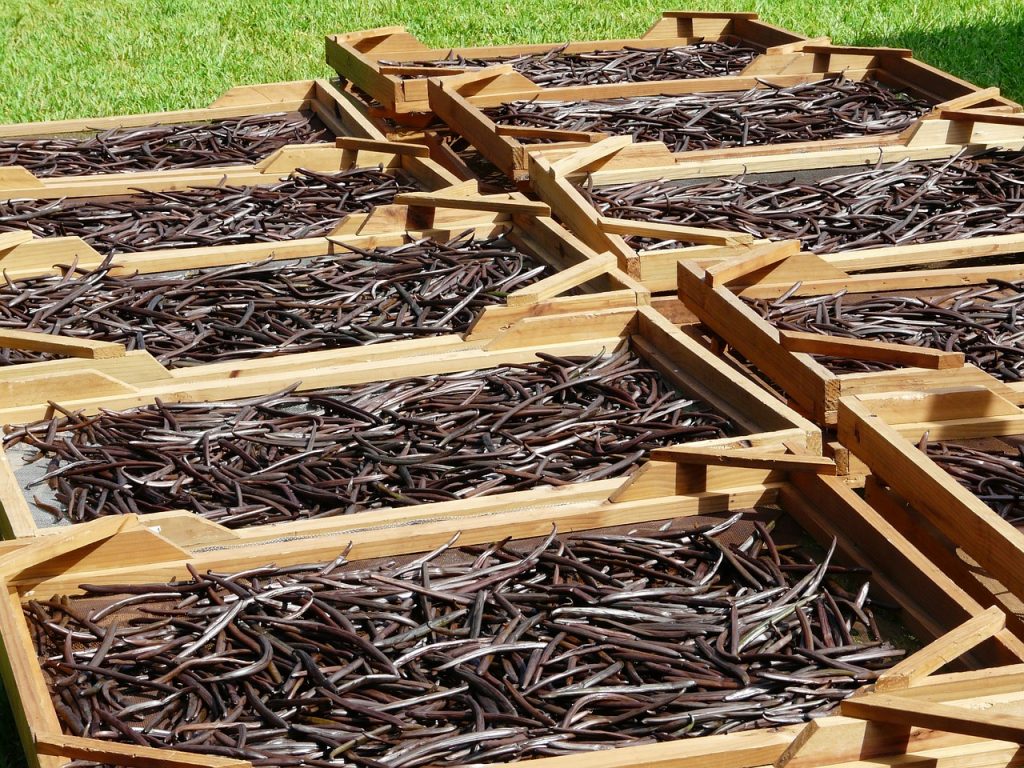
If you thought that producing vanilla pods was a lengthy process, preparing the pods so that vanilla extract can eventually be made is a whole other challenge unto itself. Picking the pods was merely the beginning of what amounts to quite the undertaking. Once picked, vanilla farmers then have to blanch the pods. To do this they drop them into hot water that is not quite boiling. This part is absolutely key because blanching the pod causes them to produce a specific enzyme. That enzyme is what gives vanilla the flavor and smell we all know and love.
Directly after the vanilla pods are blanched they then undergo a wrap and unwrapping process daily for a duration that lasts for approximately two months. During this period, they are rolled up tightly at night in cloths typically made of wool. When daylight breaks, they are unrolled and laid out to bake under the sun’s strong rays. After the pods have undergone the rolling and unrolling process to an adequate degree, they are then left out to dry in a covered area for another month.
PREPARE FOR SHIPMENT
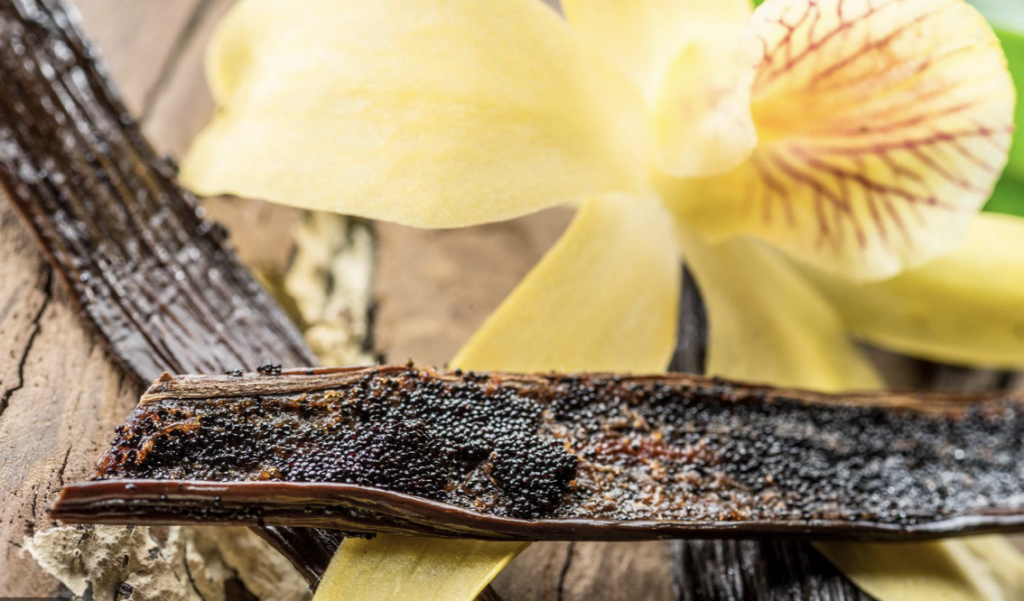
Following the last stretch of drying, the vanilla pods are wound in waxy paper and loaded into shipping containers. It can take up to two months for the pod shipments to reach the facilities at which they will be turned into vanilla extract. Overall, the time it takes from the day the flowers are pollinated to when they reach the factories where the vanilla extract is made typically takes an entire year (sometimes more).
THE HOME STRETCH
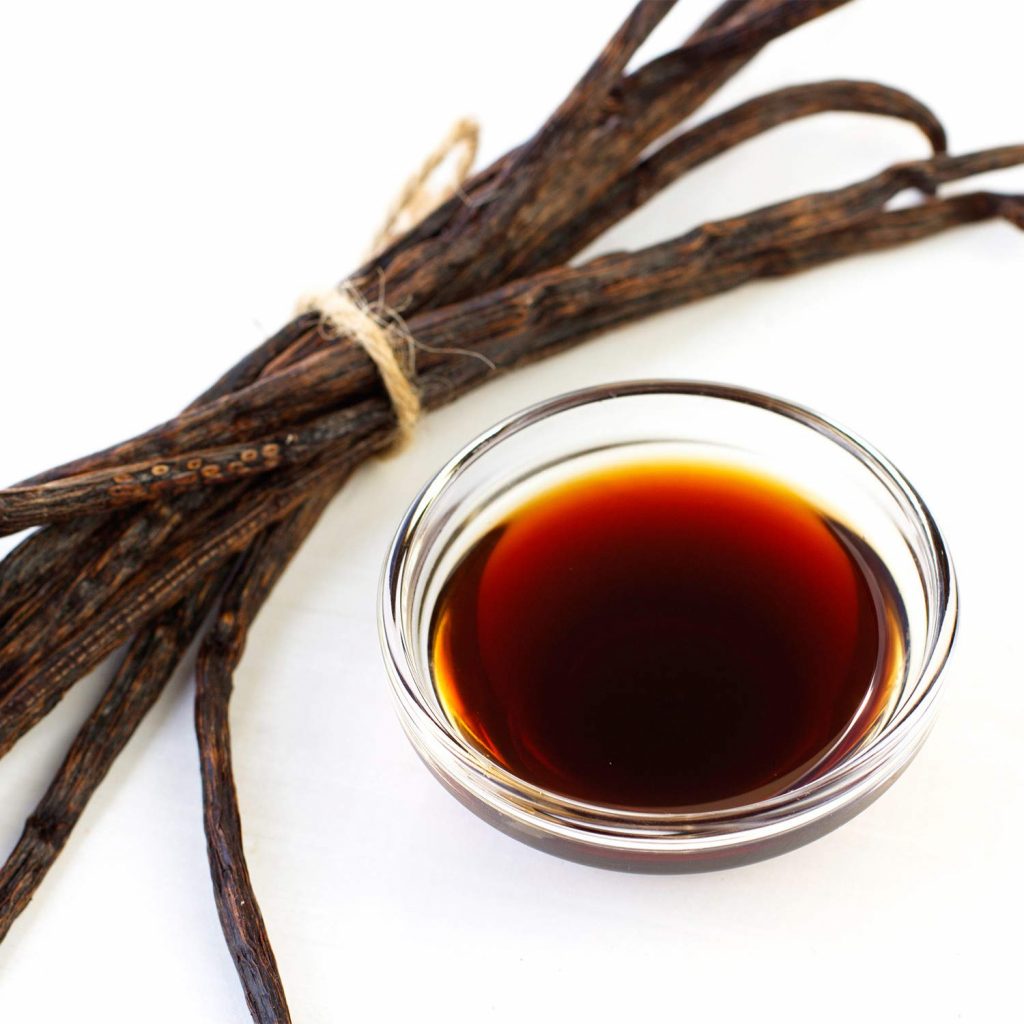
Once the pods reach the extraction facilities they were intended to go to, the process by which they are turned into vanilla extract can finally begin. Perhaps this is to be expected given how long it takes the pods to simply reach their respective facilities, but making vanilla extract is also pretty lengthy and involved.
First, the vanilla pods are crushed to expose the tiny beans inside. The beans inside the vanilla pods are where all their scents and flavors are concentrated. After the beans are separated from the pods they are then put in a solution comprised of a combination of alcohol and water. Depending on the facility, once the beans are in the prepared solution they can either be steeped like tea or cold-brewed like coffee.
Steeping the beans in a hot solution yields quicker results but preserves less of vanilla’s complex flavors. In contrast, the cold-brewing process is more time-consuming, however, this process ensures that more of vanilla’s complex flavor profile is preserved. In the store, a vanilla extract prepared via the heating method will simply be labeled Vanilla Extract. However, a vanilla extract made by means sans any heat will be labeled Pure Vanilla Extract.
Depending on what you’re cooking, the above distinction is an important one to be aware of. For instance, if you happen to be whipping up some homemade vanilla ice cream you’ll likely want to opt to use pure vanilla extract to incorporate vanilla’s full flavor profile into your final product. However, with recipes that you will be baking in a hot oven using pure vanilla extract likely won’t produce flavor results different from vanilla extract because the heat from the oven will destroy the delicate flavor profile of the former.
VANILLA IS VALIANT
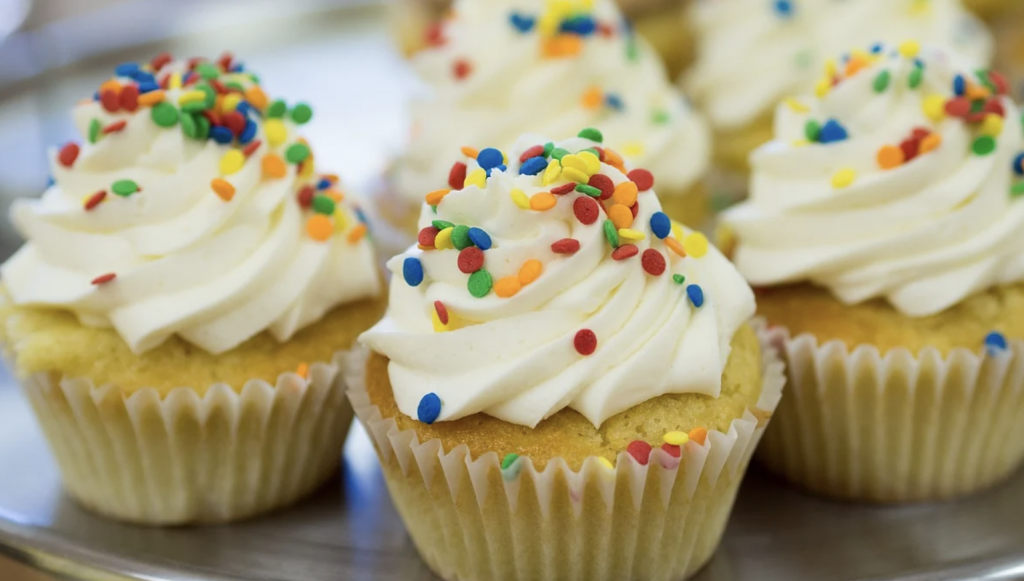
It takes a valiant effort from all parties involved in the vanilla-making process to get it from its pod state to the bottle of vanilla extract that you house in your kitchen pantry. The result of their combined efforts is that vanilla extract is revered for its flavor and versatility. Ultimately, however, the farmers and cultivators of vanilla should be revered for their hard work and efforts that allow us all to experience and utilize that luxurious flavor at our leisure.








